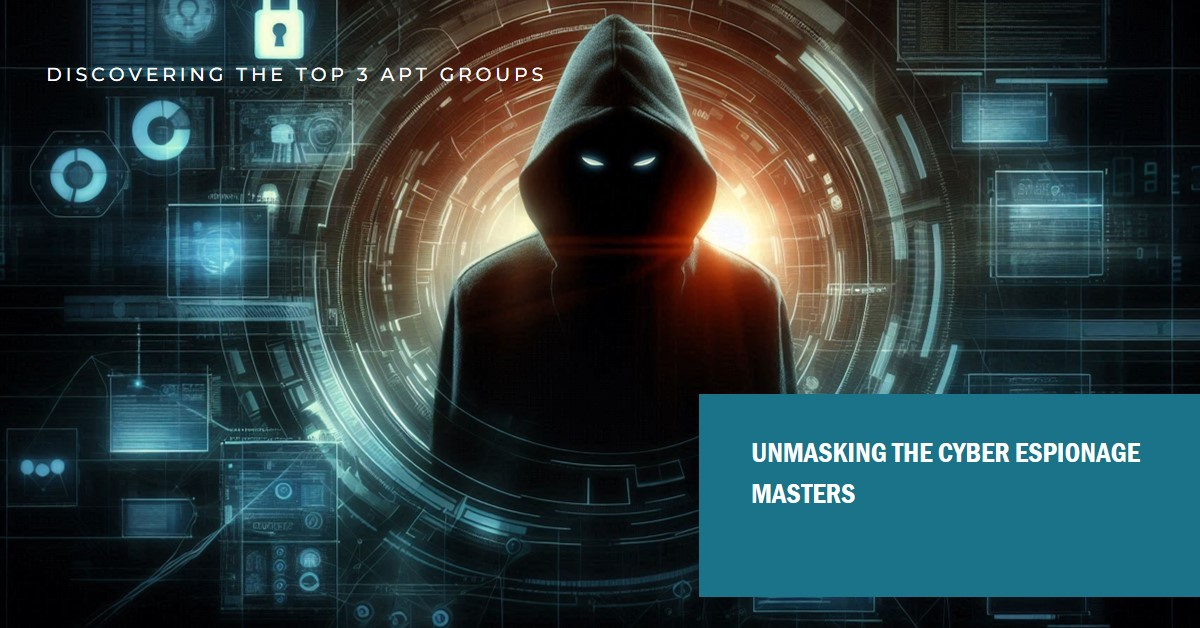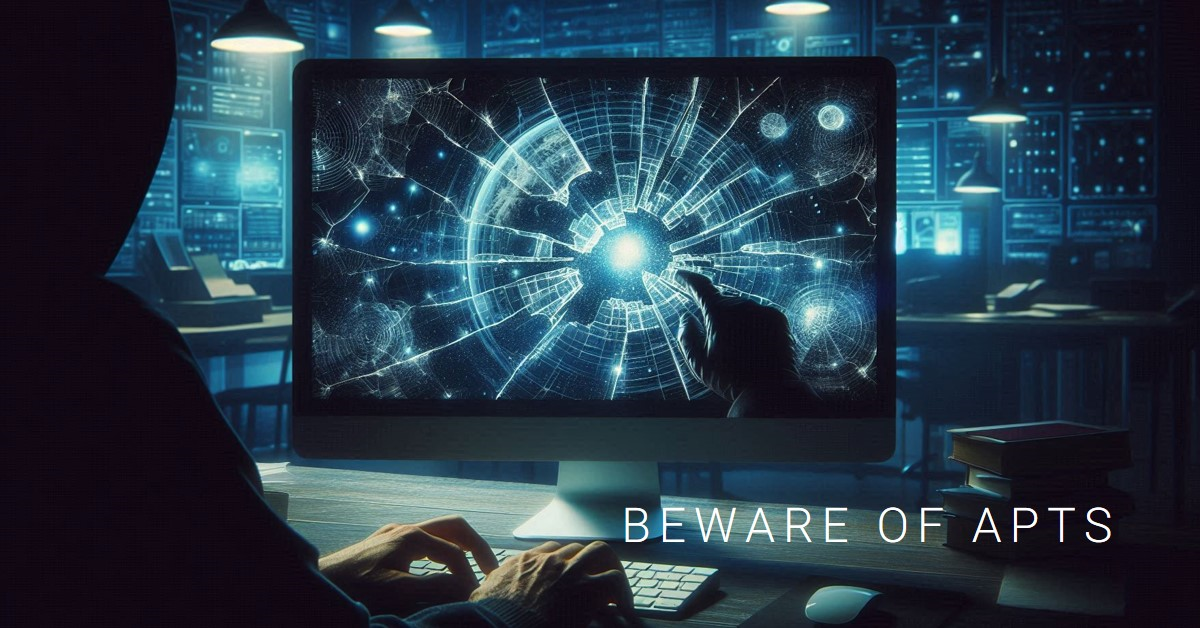The cybersecurity landscape is a constant battle between defenders and attackers. In one corner, we have CrowdStrike, a leading endpoint security solution. In the other lurks Remcos RAT (Remote Administration Tool), a dangerous piece of malware.
Why it Matters: Protecting your systems from malware threats like Remcos RAT is crucial. Malware can steal data, disrupt operations, and cause significant financial damage.
CrowdStrike: The Defender
CrowdStrike stands as a leading endpoint security solution, offering robust protection against a wide array of cyber threats. Founded in 2011, the company has quickly risen to prominence in the cybersecurity industry due to its innovative approach and effective solutions.
Key Features:
- Real-time Threat Detection: CrowdStrike’s platform continuously monitors endpoints for suspicious activities, leveraging artificial intelligence and machine learning to identify potential threats instantly.
- Incident Response: The solution provides rapid response capabilities, allowing security teams to quickly investigate and contain threats before they can spread.
- Threat Intelligence: CrowdStrike’s global threat intelligence network provides up-to-date information on emerging threats and attack patterns.
- Cloud-native Architecture: Being cloud-based allows for scalability and easy deployment across diverse environments.
The CrowdStrike Falcon Sensor:
At the heart of CrowdStrike’s solution is the Falcon sensor, a lightweight agent installed on endpoints. The Falcon sensor works by:
- Collecting telemetry data from endpoints in real-time.
- Analyzing this data using cloud-based machine learning algorithms to detect threats.
- Providing immediate protection by blocking malicious activities as they occur.
- Offering detailed visibility into endpoint activities for forensic analysis.
The Falcon sensor’s low system footprint and cloud-powered analysis enable it to provide comprehensive protection without significantly impacting system performance. This approach allows CrowdStrike to offer next-generation antivirus capabilities, endpoint detection and response (EDR), and managed threat hunting services.
Remcos RAT: The Threat
Remcos RAT (Remote Access Tool/Trojan) is a potent malware that has become a significant concern in the cybersecurity landscape. Originally developed as a legitimate remote administration tool, it has been widely adopted by cybercriminals due to its powerful capabilities and relative ease of use.
Key Capabilities:
- Remote Control: Allows attackers to gain full control over infected systems.
- Keylogging: Captures keystrokes to steal passwords and sensitive information.
- Data Exfiltration: Enables theft of files and data from compromised machines.
- Screen Capture: Can take screenshots or record the victim’s screen.
- Webcam and Microphone Access: Provides ability to spy on victims through their devices.
- File Management: Allows uploading, downloading, and manipulation of files.
Infiltration and Evasion Techniques:
- Phishing Emails: Often distributed through malicious email attachments or links.
- Exploit Kits: Can be delivered through vulnerabilities in outdated software.
- Social Engineering: Tricks users into installing the malware voluntarily.
- Obfuscation: Uses various techniques to hide its presence from antivirus software.
- Polymorphic Code: Can change its code structure to evade signature-based detection.
- Anti-analysis Features: Includes mechanisms to hinder reverse engineering efforts.
Remcos RAT’s versatility and stealth make it a formidable threat. Its ability to provide unauthorized access, steal sensitive data, and evade detection poses significant risks to both individuals and organizations. The malware’s continuous evolution and the availability of its source code to cybercriminals have contributed to its widespread use in various malicious campaigns.
Comparing CrowdStrike and Remcos RAT
Contrasting Approaches:
- CrowdStrike: Proactive, defensive stance
- Continuously monitors for threats
- Uses AI and machine learning to predict and prevent attacks
- Focuses on protecting endpoints and networks
- Remcos RAT: Malicious, offensive tool
- Designed to exploit vulnerabilities
- Constantly evolves to evade detection
- Aims to compromise systems and steal data
CrowdStrike’s Capabilities Against RATs:
- Advanced Detection: Uses behavior-based analysis to identify RAT activities
- Real-time Response: Can immediately isolate infected endpoints
- Threat Intelligence: Maintains up-to-date information on RAT variants
- Automated Prevention: Blocks known RAT communication channels
- Forensic Analysis: Provides detailed insights into RAT infiltration attempts
Challenges in Identifying and Removing Remcos RAT:
- Polymorphic Nature: Remcos can change its code, making signature-based detection difficult
- Legitimate Tool Disguise: Originally a legitimate tool, it can be mistaken for authorized software
- Anti-analysis Features: Built-in mechanisms to resist reverse engineering
- Persistence Techniques: Uses various methods to maintain presence on infected systems
- Encrypted Communication: Makes network traffic analysis challenging
- Frequent Updates: Rapid evolution requires constant updates to detection methods
CrowdStrike addresses these challenges through its dynamic approach, leveraging cloud-based analytics and continuous monitoring to stay ahead of evolving threats like Remcos RAT.
Safeguarding Your Systems
To protect against threats like Remcos RAT and other malware, consider implementing these actionable steps:
- Implement robust endpoint security:
- Deploy advanced solutions like CrowdStrike for real-time threat detection and response.
- Ensure all endpoints are covered, including remote and mobile devices.
- Regular updates and patch management:
- Keep all software, operating systems, and applications up-to-date.
- Prioritize security patches to address known vulnerabilities promptly.
- User education:
- Conduct regular cybersecurity awareness training.
- Focus on recognizing phishing attempts and social engineering tactics.
- Encourage a culture of security consciousness within your organization.
- Network monitoring:
- Implement tools to monitor network traffic for suspicious activities.
- Set up alerts for unusual data transfers or communication patterns.
- Periodic security assessments:
- Conduct regular vulnerability scans and penetration tests.
- Review and update security policies and procedures as needed.
- Multi-factor authentication:
- Implement MFA across all critical systems and applications.
- Use strong, unique passwords for all accounts.
- Data backup and recovery:
- Maintain regular, secure backups of critical data.
- Test recovery procedures to ensure data can be restored if needed.
Conclusion
The ongoing battle between cybersecurity defenders like CrowdStrike and malicious tools such as Remcos RAT exemplifies the ever-evolving nature of the digital security landscape. As attackers continue to develop more sophisticated methods, the importance of robust, intelligent defense mechanisms becomes increasingly critical.
CrowdStrike’s proactive approach to threat detection and prevention represents the cutting edge of cybersecurity technology, offering a powerful shield against a wide array of threats. However, the persistent threat posed by tools like Remcos RAT serves as a stark reminder that no single solution can guarantee absolute security.
To effectively protect against current and emerging cyber threats, organizations and individuals must adopt a multi-layered approach to security. This includes leveraging advanced technologies, staying informed about the latest threats, and fostering a culture of security awareness.





